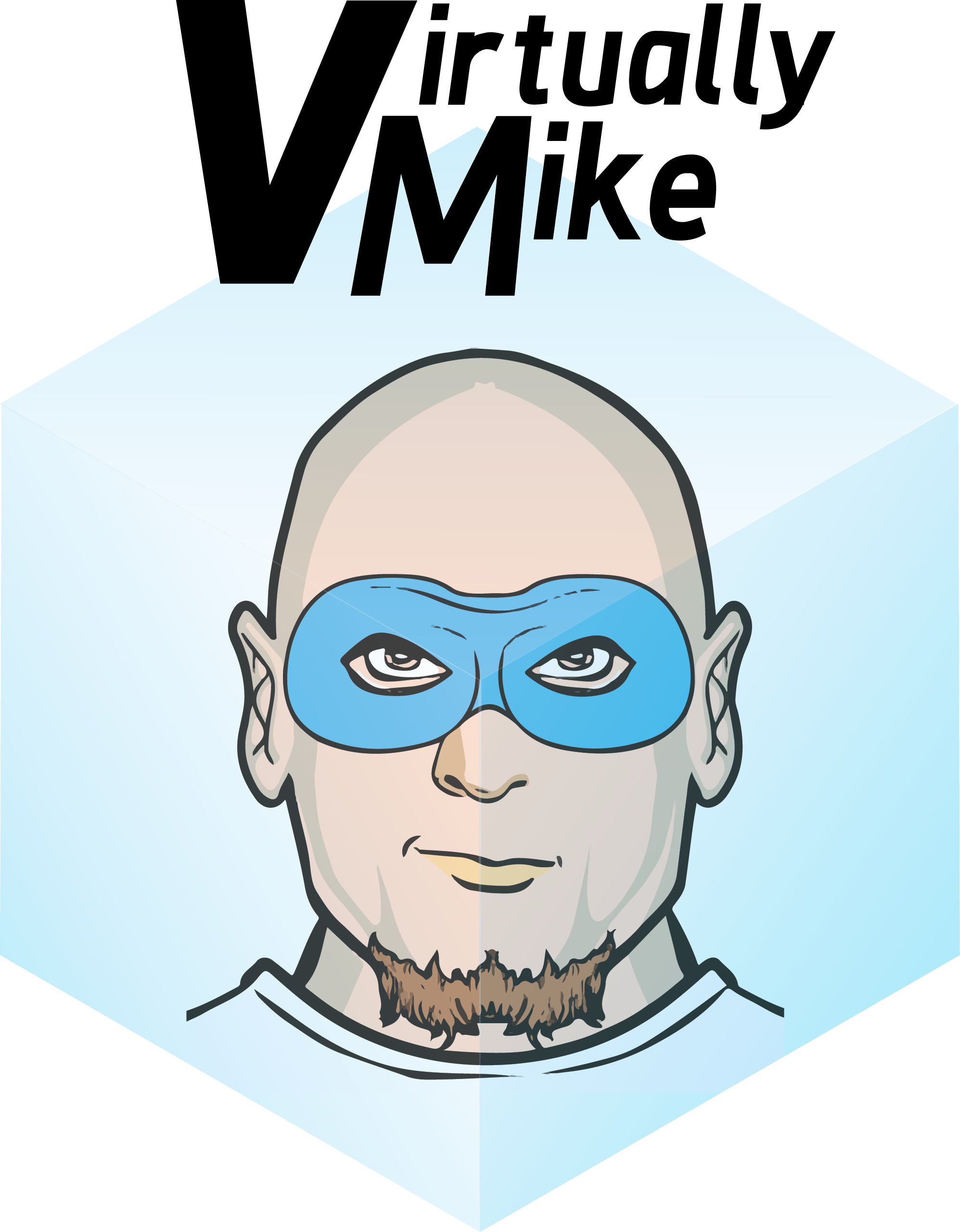Farah Khan is a core Systems Engineer at EMC. She received her undergrad degree in Criminology (minor in Arabic) at University of Maryland, College Park (Go Terps!) and is finishing up her Master’s degree in Systems Engineering at Johns Hopkins University. She has previously worked for a couple of different software development companies in the software testing/DevOps domains. You can find her tweeting sporadically, in between yoga classes and coffee shops.
Have you heard of a Raspberry Pi? An Arduino, a Photon, a Beaglebone? You know, those tiny palm sized computers? I kept hearing about them, but I didn’t understand the depth of their capabilities. I researched on a few, and found that the Pi was originally intended to bring computing to remote areas of the world- to spread the knowledge of technology to previously inconceivable locations. A couple engineers I spoke to highly recommended the Pi – for its price and power. The next logical thing I thought to do was to go out and buy a Raspberry Pi (I really just went to Amazon and searched for a Raspberry Pi, and ordered the first one I saw).
What am I going to do with it? Well, what I want to do is build a light show. I want to attach some LED’s to a VMAX, program the lights to be powered by the Pi… and hopefully remotely control it. I’ve been researching a dozen tutorials on LED light shows with programmable interfaces to control the lights flashing on and off. There are engineers within EMC who have been incredibly generous with their time to teach me (and others) about what they have learned.
But here’s the catch: I may have worked in software development companies, but I didn’t grow up soldering wires together. I may have deployed code updates to clients’ production servers, but I haven’t created scripts from scratch to automate a complete process. I may not have grown up an engineer, but I am learning to become one each and every day.
And that is the purpose of DCLabs- to enable an engineer to truly feel like an engineer. DCLabs is an initiative I’ve started within EMC, modeled after the famous PacLabs in the Pacific Northwest. It’s intended to reflect the natural progression towards open source that our industry is moving in (if not already there). DCLabs is meant to be an open environment where anyone can brainstorm and learn from not only themselves, but others as well. There may be folks who are a couple steps ahead of you but also started out at the same place as you. It is, by definition, a place to make stuff- whatever that “stuff” is. It’s a time and space to collaborate with other passionate individuals who may want to also learn code and eventually solve problems via automation.

 end of VDM30in30. What an amazing experience, I have learned a lot from this experience. I have learned that while I like writing my brain is limited to the number of posts I can do in a month. I figured out that I am comfortable with my normal erratic posting cycle. I have also figured out how to plan out a month’s worth of writing, and organize ahead of time my schedule and posts.
end of VDM30in30. What an amazing experience, I have learned a lot from this experience. I have learned that while I like writing my brain is limited to the number of posts I can do in a month. I figured out that I am comfortable with my normal erratic posting cycle. I have also figured out how to plan out a month’s worth of writing, and organize ahead of time my schedule and posts.